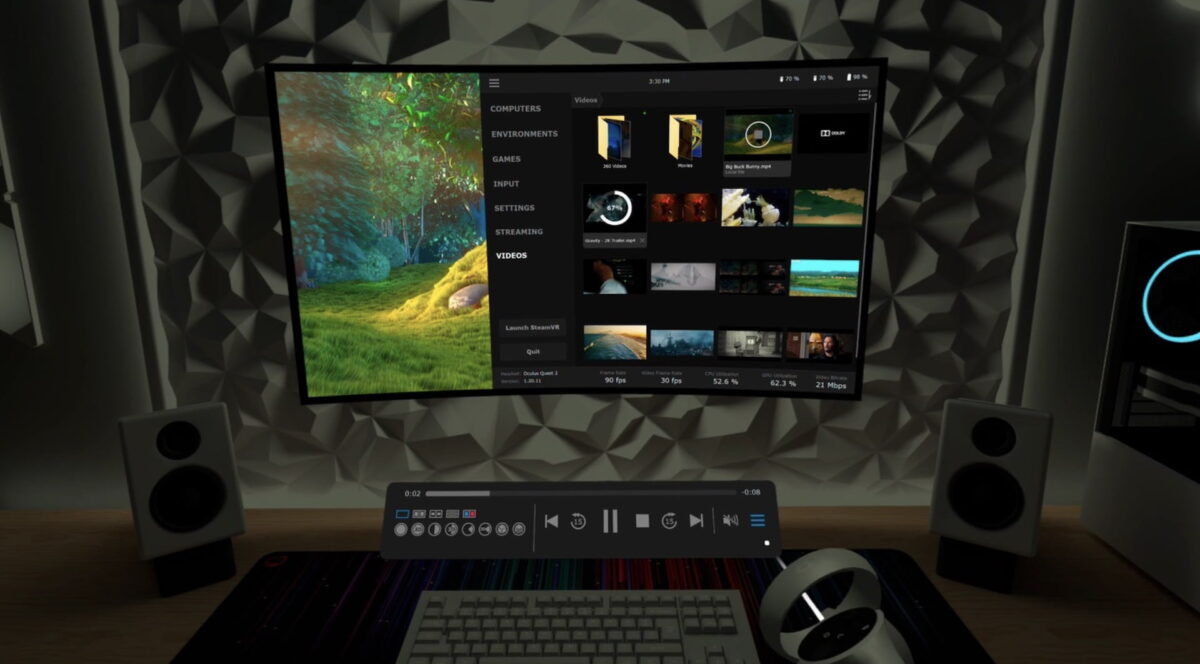
In today’s digital age, flexibility is everything. Whether you’re a remote worker, a freelancer, or a business owner managing operations from your living room, a Home Virtual Desktop can completely transform the way you work. It’s not just about convenience—it’s about efficiency, security, and staying ahead of the curve.
What Is a Home Virtual Desktop?
A home virtual desktop is essentially a digital workspace hosted on the cloud or a remote server, allowing you to access your computer environment from anywhere, on any device. Think of it as your personal desktop—complete with files, applications, and settings—but accessible through the internet.
Whether you’re logging in from a laptop, tablet, or even a phone, your virtual desktop mirrors your main workstation.
Why Should You Consider One?
Here’s why more people are switching to virtual desktops at home:
-
Unmatched Accessibility: Access your work from any location without carrying around a heavy laptop.
-
Improved Security: With centralized data storage and encryption, your files are safer than on a local device.
-
Lower Hardware Costs: Use older or less powerful devices to access a powerful cloud-based desktop.
-
Better Productivity: No more file syncing issues. Your desktop is always updated and ready.
How to Set Up a Home Virtual Desktop

Setting up your home virtual desktop isn’t as complicated as it sounds. Here’s a simple breakdown:
1. Choose the Right Platform
There are several reputable virtual desktop platforms available. Some popular choices include:
-
Microsoft Azure Virtual Desktop
-
Amazon WorkSpaces
-
VMware Horizon
-
Citrix DaaS
Each comes with different pricing models and features, so choose one that fits your needs and budget.
2. Prepare Your Device
You don’t need the latest hardware to get started. Even a basic laptop or an old desktop can handle a virtual desktop connection since the heavy lifting is done on the server end.
Make sure your device has:
-
A stable internet connection
-
Remote desktop client software (most are free)
-
Antivirus or firewall setup for added security
3. Set Up the Environment
Once you subscribe to a virtual desktop service, you’ll typically go through a setup wizard to:
-
Select operating system (Windows/Linux)
-
Install required software
-
Set user permissions
-
Configure storage and backup options
This process can take anywhere from 30 minutes to a couple of hours depending on the provider.
4. Access and Go
Once your home virtual desktop is ready, you can log in anytime using your credentials. You’ll find your files, settings, and applications exactly how you left them—even if you’re using a different device.
Use Cases for Home Virtual Desktops
Remote Work
For remote professionals, a virtual desktop means working from anywhere without compromising performance or security.
Small Businesses
Business owners can provide secure workspaces for their teams without investing in physical hardware.
Gamers and Developers
High-performance cloud desktops allow gamers and developers to run demanding applications on modest home setups.
Final Thoughts: Is a Home Virtual Desktop Right for You?
If you value flexibility, privacy, and productivity, a home virtual desktop is a smart move. As our work and personal lives become more intertwined with technology, having a reliable, secure, and fast virtual environment at your fingertips is no longer a luxury—it’s a necessity.
Don’t wait until your old computer gives out or your files get lost. Set up your home virtual desktop today and future-proof the way you work.